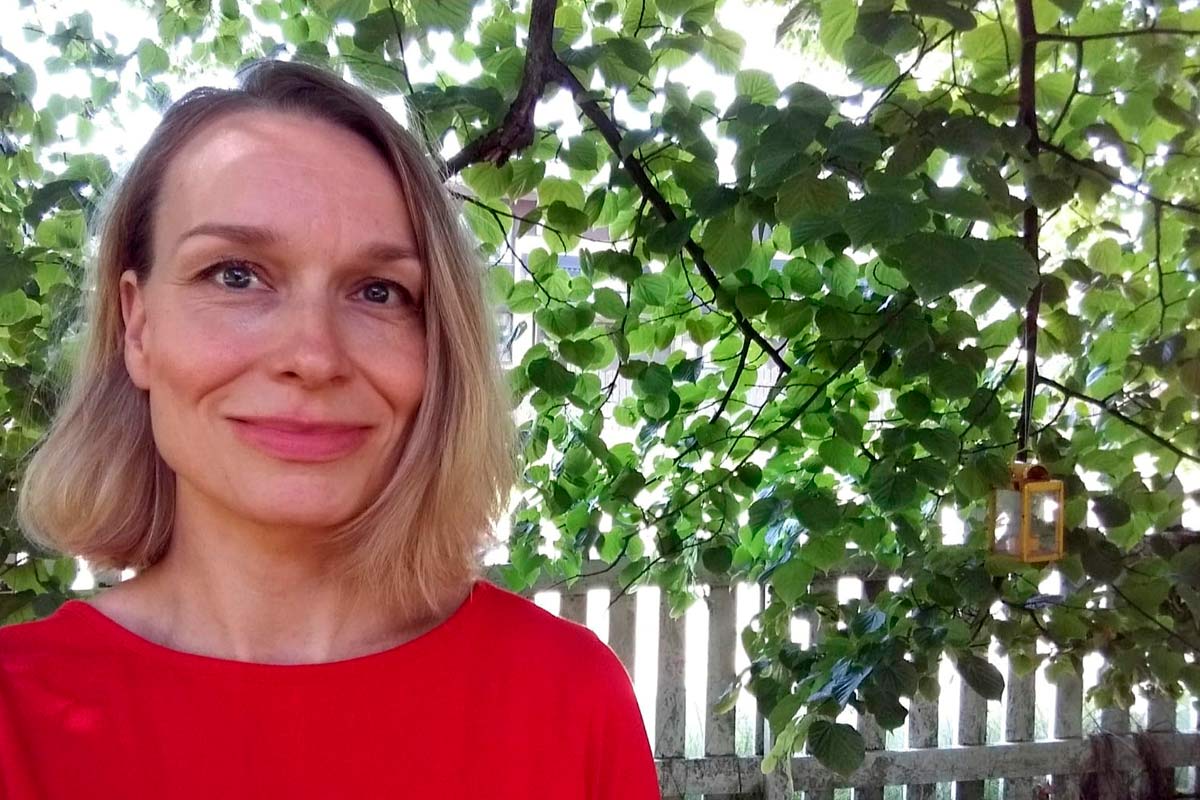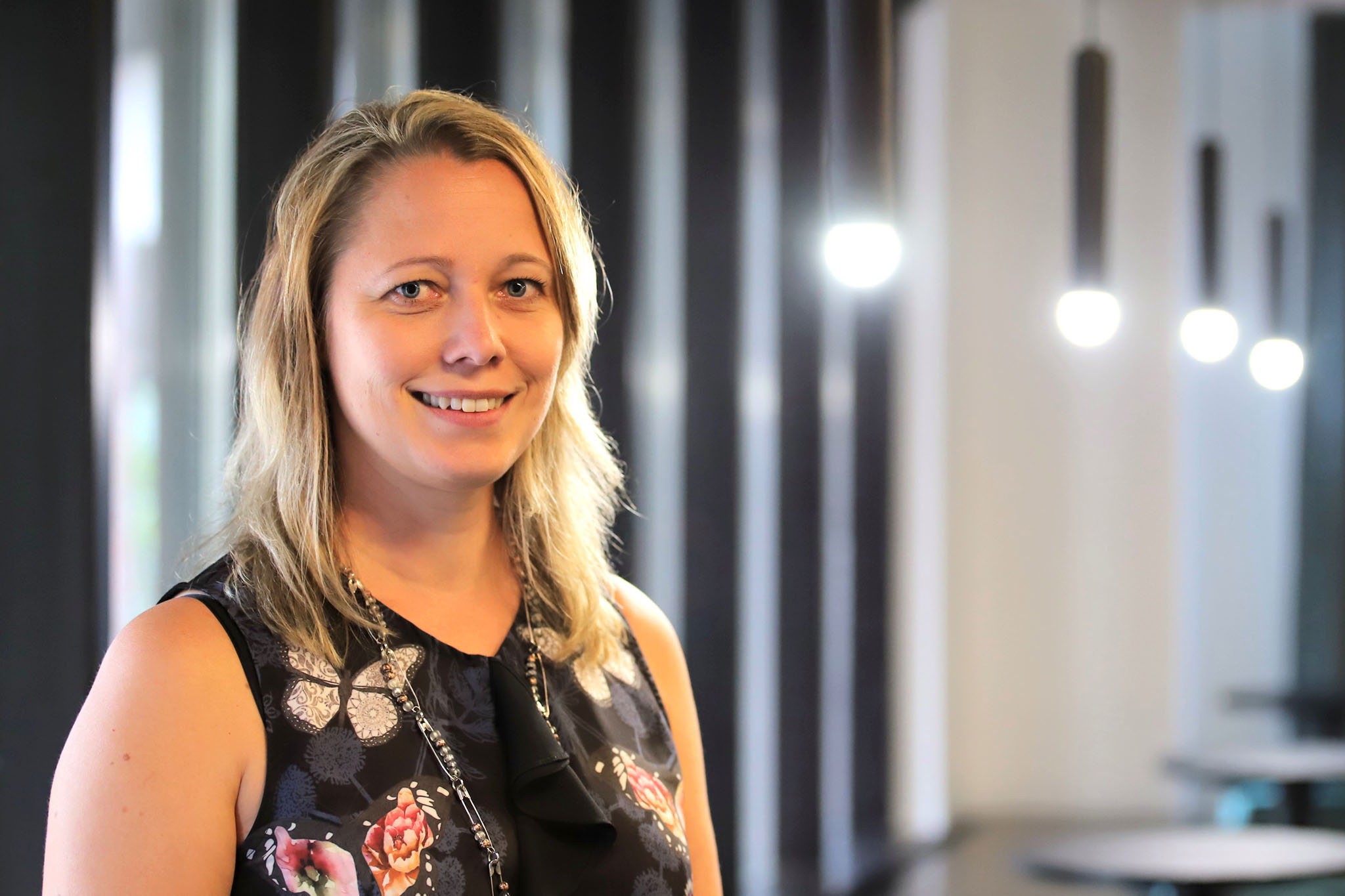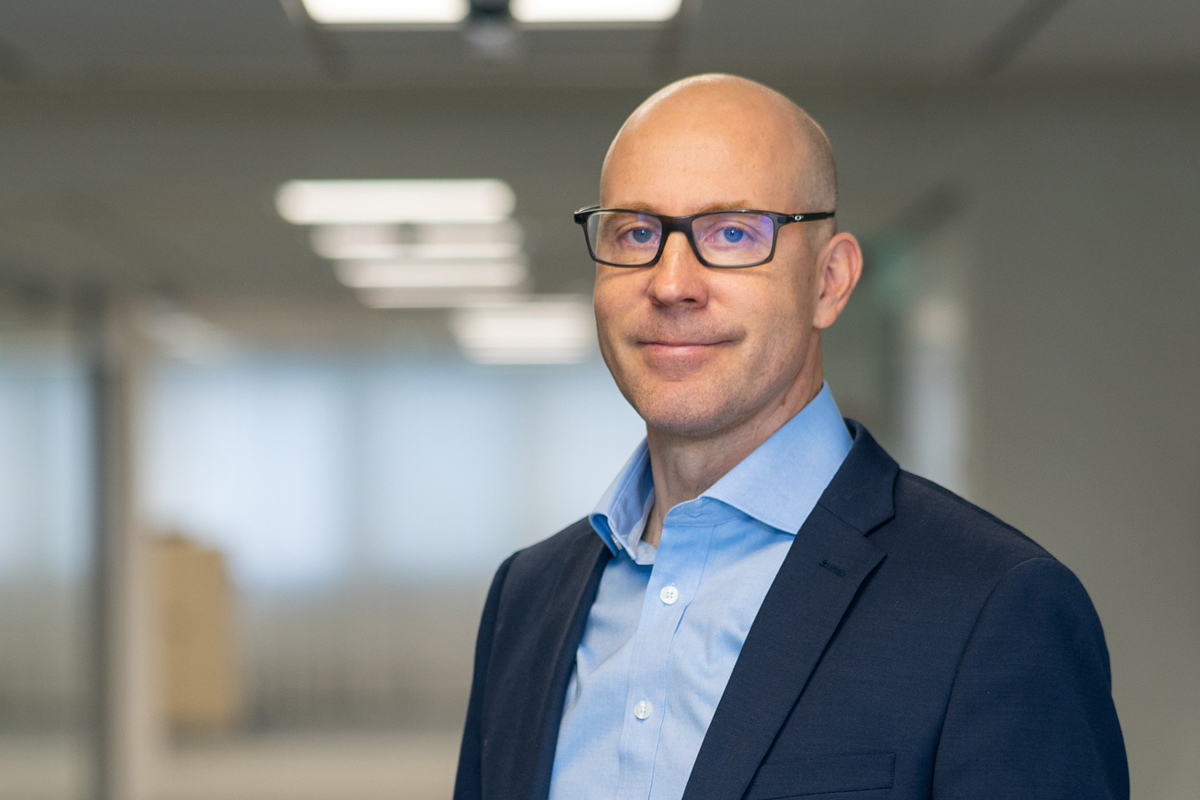This year the fundamental principles of statistical work prepared by the United Nations Statistical Commission will be 30 years old. Over the years, their importance has grown in society. The fundamental principles provide a sound basis for the management and dissemination of information, especially in the public sector.

Meeting people in their daily lives – statistical interviewers collect valuable information
I park my car outside a summer cottage. It is a lingering summer evening, and apple trees carry their bounteous yield. Inside, I am expected to arrive at the agreed time. I have come to conduct an interview for Statistics Finland, but first I must do something more urgent – to bottle freshly squeezed juice. We do it together. Then, we sit on the terrace, I open my computer, and the interview can begin.
That August interview ten years ago has stayed in my mind as an especially warm memory. I have many more like it – a friendly and direct welcome is no rarity in my line of work.
I am a statistical interviewer.
I have worked at Statistics Finland for 14 years. Along the years, I have met people from all walks of life. The youngest interviewee was only ten, and the oldest over a hundred. I have had the opportunity to meet people representing practically every occupation, educational background and social class, as well as all our different regions, ranging from larger towns to the countryside.
We are all potential interviewees for Statistics Finland, as subjects are selected randomly and an interview request could come to any one of us. I have also been interviewed by my colleague for an interview survey.
Information collected by statistical interviewers is intended for all of us, not just decision makers and compilers of statistics. People who are selected for interviews of Statistics Finland help us draw a more accurate picture of our time and its characteristics.
Every interviewee clarifies the data that are transferred to researchers for analysis in statistical production. The larger and more diverse the group that provides information is, the more reliable the information is.
It is important to reach every selected respondent
When a new round of interviews starts, we statistical interviewers receive training regarding the upcoming survey and its data collection methods. After receiving a list of people selected to the sample, I contact them and mail to them the survey presentation material, including my contact details.
As it is important to reach every interviewee selected for a survey, I also search for and supplement contact details and send contact requests to any respondents who cannot be contacted by telephone. Every selected respondent has the right to participate and be notified.
I call only after I can safely assume that the respondent has received the presentation material. Sometimes, my call comes in at the worst possible moment, and I will try to set a date for a new call. Often, respondents have time to listen, and I can briefly identify whether I have reached the correct person, why I am calling, whether the letter has arrived and whether we can conduct the interview now or later.
If data are collected through face-to-face interviews, we will talk about the best possible time for the respondent and agree whether I should come to the respondent’s home, workplace or a library, or whether we should meet at a local café. Next, we will determine what the nicest café in town is – a place that is quiet enough for conducting an interview, while being within easy reach for the respondent.
The art of listening and showing trust are key – there are no wrong answers
The art of listening is one of the most important skills for statistical interviewers. Every question the respondent asks and every doubt they have is real, and they must be responded to with knowledge and experience. Today, people have reason to be suspicious when receiving a call from an unknown number, and it is my job to build trust.
Trust and confidentiality are the key in interviews. Everything the respondent tells the interviewer during the interview – be it related to the survey or something completely different – is confidential information.
I ask all interview questions directly from the interview form, and most of my questions have ready-made responses. The interviewee only has to select the option that is closest to their situation, experience or understanding. I may also provide additional information for questions for which this is allowed.
Many questions also deal with opinions that interviewees need to answer by sharing their own ideas. This is when interviewees must trust their own opinions. There are no wrong answers.
Furthermore, there are no wrong respondents, although I quite often hear the voice at the other end of the line hesitating whether they are the right person to answer. We do not collect any information about a society that should fit a specific mould, but about a society that we form together as individuals.
Coronavirus put a stop to interview visits
We have been living in exceptional times. In early spring 2020, we received really important first-hand information about how people working in different occupations and facing different situations reacted to the world reshaped by the pandemic. We talked about it a lot – people were eager to talk.
Nobody could have guessed for how long the coronavirus would affect our lives. In my work, telephone interviews continued as normal, while all face-to-face interviews were suspended and any upcoming face-to-face interview surveys were cancelled.
As a statistical interviewer, I miss the time when I was given a warm welcome to a summer cottage filled with the scent of apples and I was able to lend a hand with household chores. I even miss all the winters when I had to find the correct fork in the road, with satellite navigation down and snow covering all the road signs.
I can collect people’s opinions and experiences to compile statistics. I enjoy my work, as everyone’s information supports decision making in society and becomes openly accessible to all of us through statistics.
Every respondent is valuable. Every response is valuable.
The author works at Statistics Finland as a statistical interviewer.
Lue samasta aiheesta:
The UN's Fundamental Principles of Official Statistics instruct statistical authorities to describe in detail how statistics have been compiled. The principle can also be used to assess the reliability of other data generated in society.
We aim to reflect the objective truth with statistics. As not everything can be calculated using statistical methods, statistics still include many characteristics of art.
The description of global value chains advances as international statistical projects are completed. According to the preliminary results of the OECD and WTO’s joint initiative TiVA (Trade in Value Added), Finland's dependency on international trade does not differ much from other OECD countries.





